Today is the fourth anniversary of the death of Lonesome George, the last Pinta Island tortoise in the Galapagos Islands – and the world. Sadly, his death also marked the end of the line for his giant tortoise subspecies. We ‘met’ George during our visit to the Galapagos in 2011; over 100 years old and described as one of the rarest creatures on Earth, the encounter stayed with us. To celebrate the life of Lonesome George and his extraordinary homeland, today’s post is a flashback to our visit and a round-up of the island magic that makes a trip to the Galapagos the experience of a lifetime.
The Galapagos Islands are the stuff of legend: a tiny archipelago of volcanic peaks in the Pacific harbouring species of wildlife and plants found nowhere else on Earth.
The islands first came to attention in the western world in 1535, when a ship carrying a bishop from Panama named Tomas Berlanga was carried off course by currents en route to Peru. Over the ensuing centuries, the islands became a bolthole for pirates, and later, a pantry for whalers and fur sealers, who pilfered so many giant tortoises for their long voyages at sea they single-handedly wiped out several species and left the rest teetering on the edge of extinction.
Three hundred years after Berlanga, a young Charles Darwin arrived on the islands, putting together the studies and research that would inform the development and publication of his epic theory of evolution by natural selection nearly 25 years later.
Today, a trip to the Galapagos is an unparalleled experience of nature and wildlife. If you want to feel like David Attenborough, this is about as close as it gets.
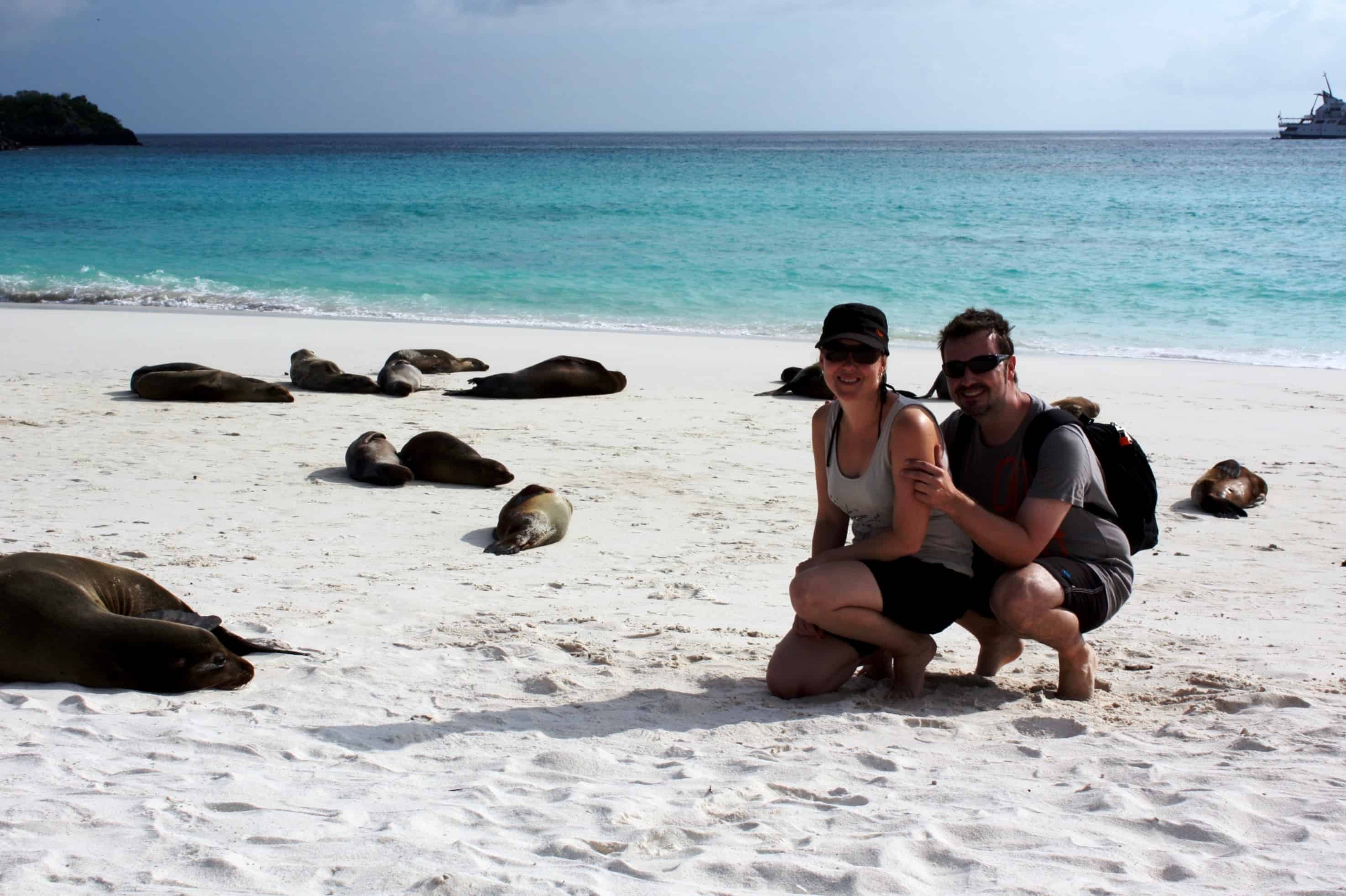
By the time we reluctantly dragged our packs back to the airport on Baltra, nearly three weeks after landing in this enchanted World Heritage and national park archipelago, we’d had the privilege of visiting ten magical islands, most of them aboard a three-masted sailing beauty. We’d encountered an extraordinary diversity of landscapes and wildlife up close and personal, all under the careful wing of an outstanding naturalist guide. We loved every minute and we hope to one day return. For now, here’s a round-up of our favourite islands and their epic highlights.
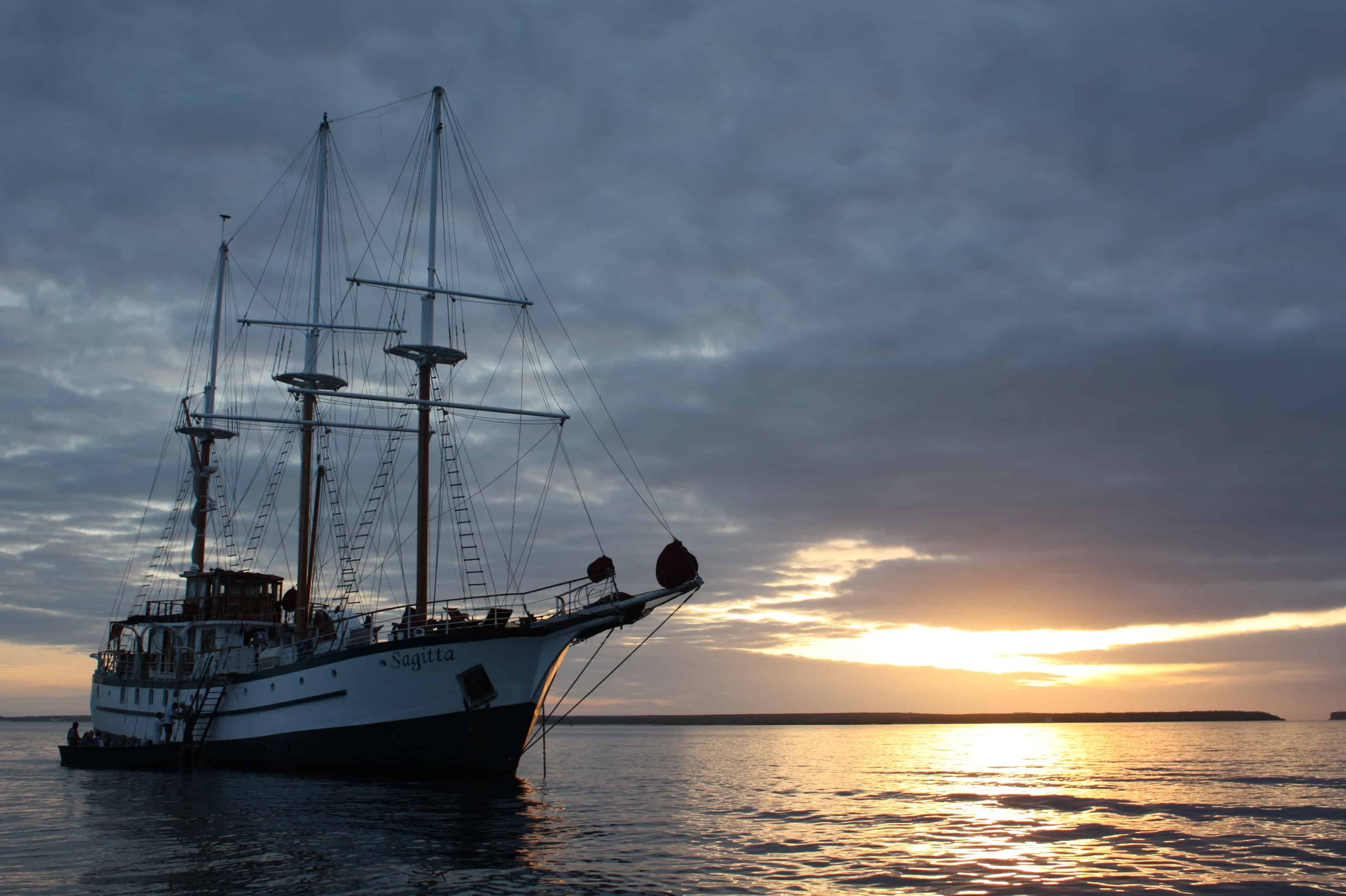
Genovesa Island
This stunning little islet in the north is a birder’s dream. Great frigatebirds nest in the salt-bushes by the hundreds, creating a vast strawberry patch effect. Red-footed boobies peer out from the shrubs while fluffy Nazca booby chicks roadblock the trails. A host of other bird species can be seen on Genovesa, including lava gulls, mockingbirds, Galapagos doves and red-billed tropicbirds. But the star attraction on this island is without doubt the endemic short-eared owl, a shy beauty that preys on the island’s plentiful petrels. We were lucky enough to witness this powerful bird in action on our visit, an absolute highlight of our trip.
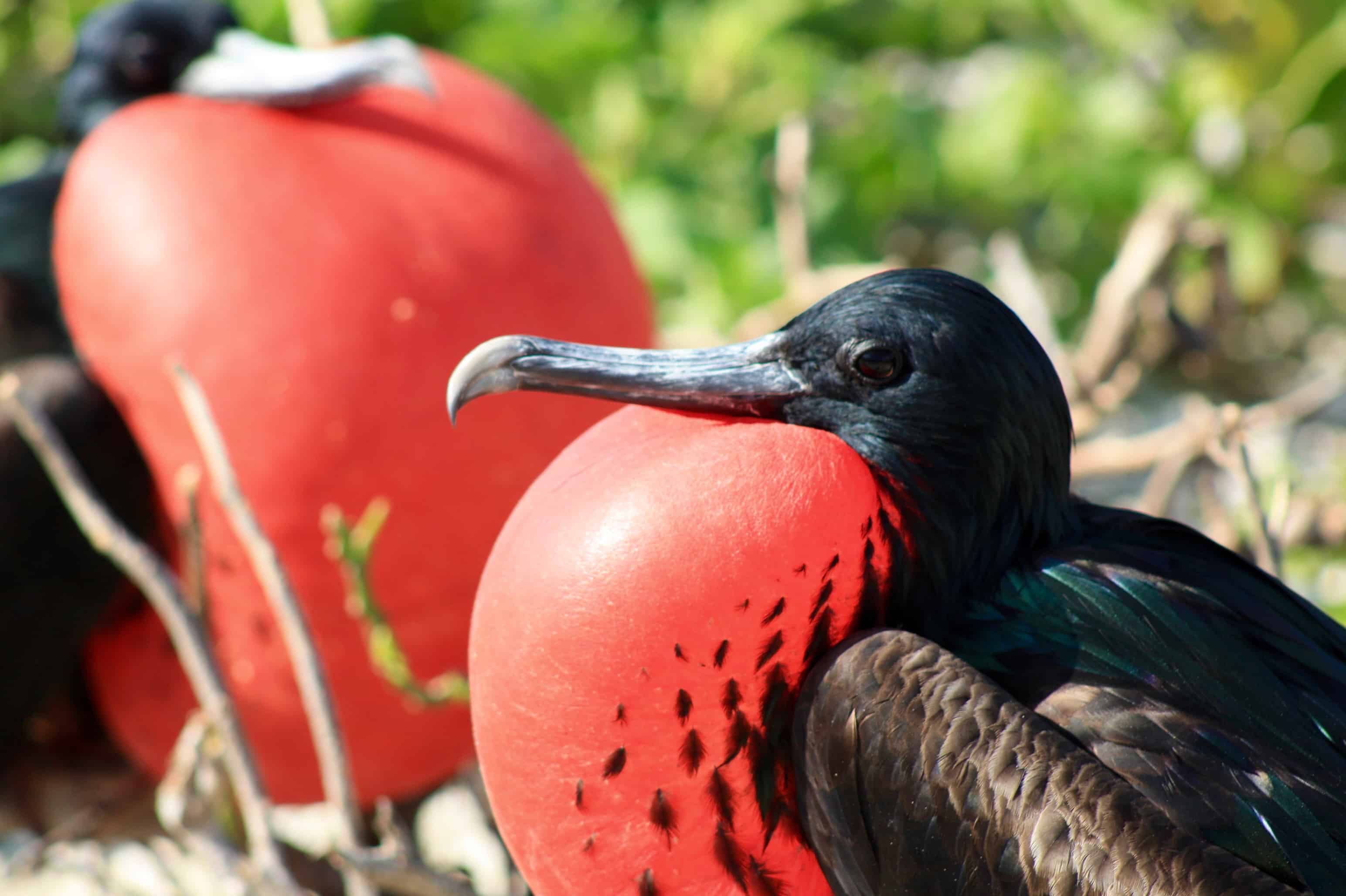
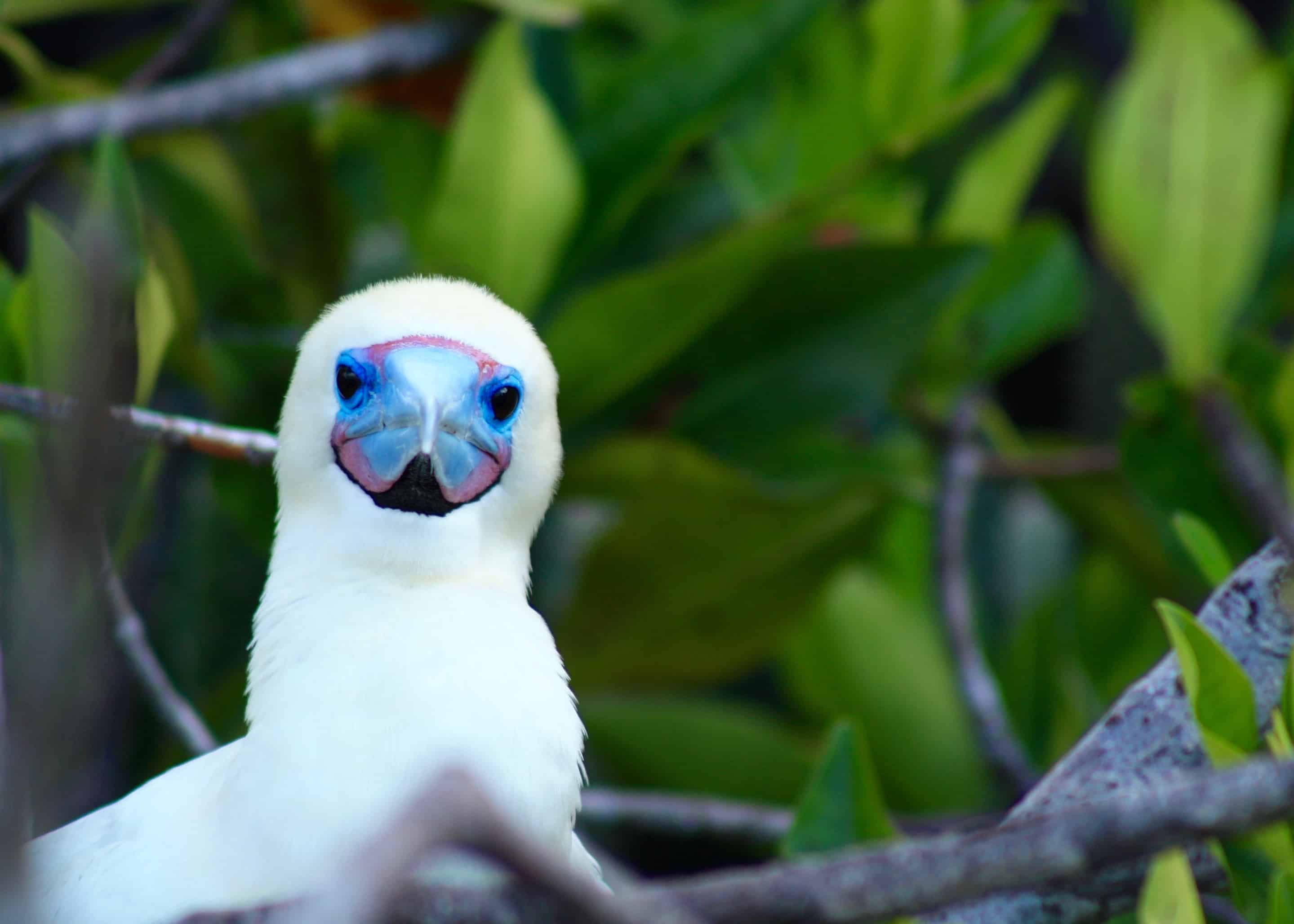
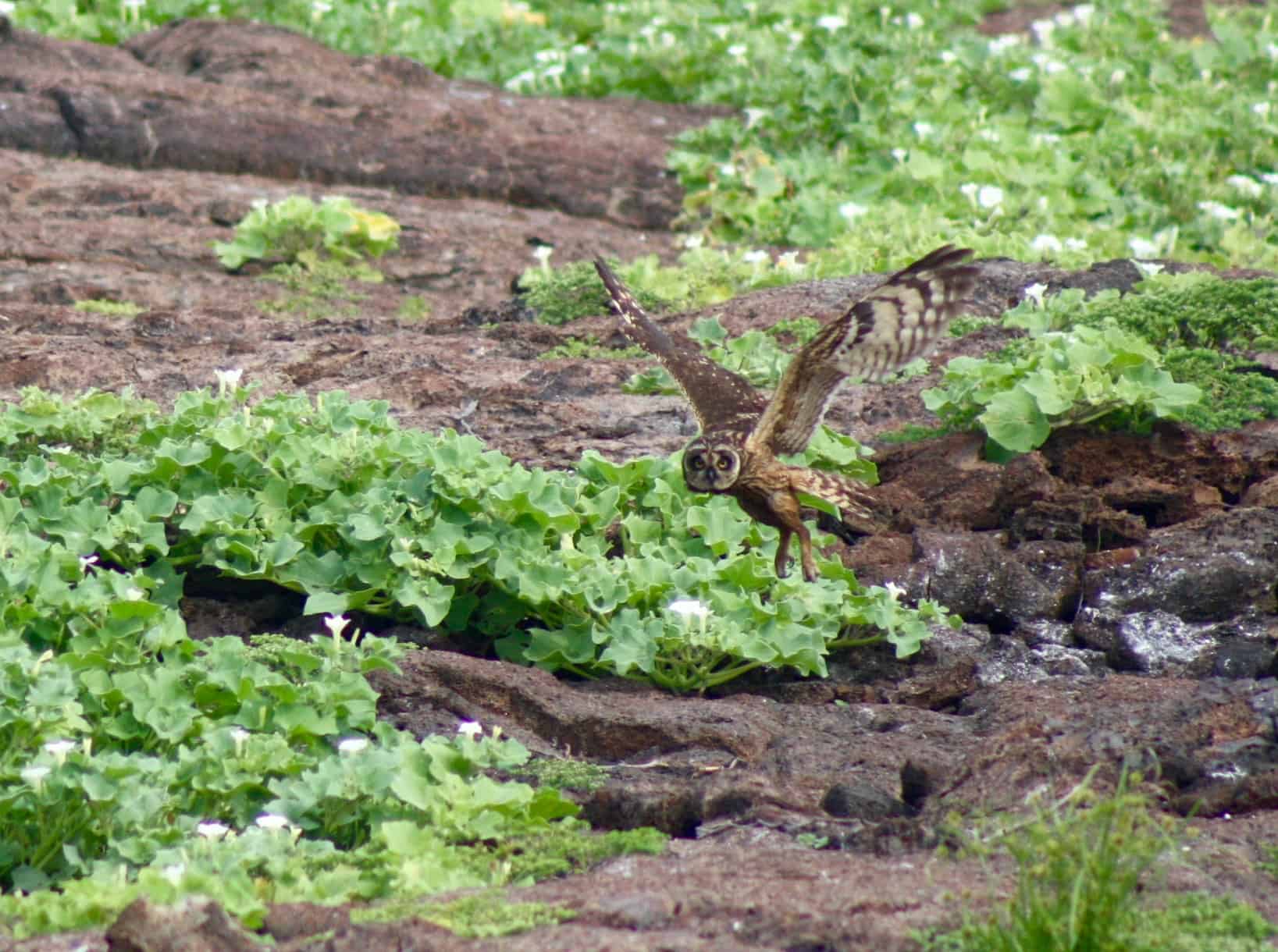
Santa Cruz Island
One of the four inhabited islands in the Galapagos, Santa Cruz is a great base from which to day-trip to other nearby islands, but it also has plenty to offer. In the highlands, we made for the rims of Los Gemelos (The Twins) for panoramic views over these two giant, forest-filled craters, created when a magma chamber collapsed. We sought out giant tortoises and explored part of an enormous lava tunnel. At Black Turtle Cove, a picturesque mangrove-lined bay, we cruised by panga boat to spot reef sharks and spotted eagle rays. Santa Cruz is also home to the Charles Darwin Research Station, where Lonesome George spent his final years and Darwin’s finches scratch about in the dirt.

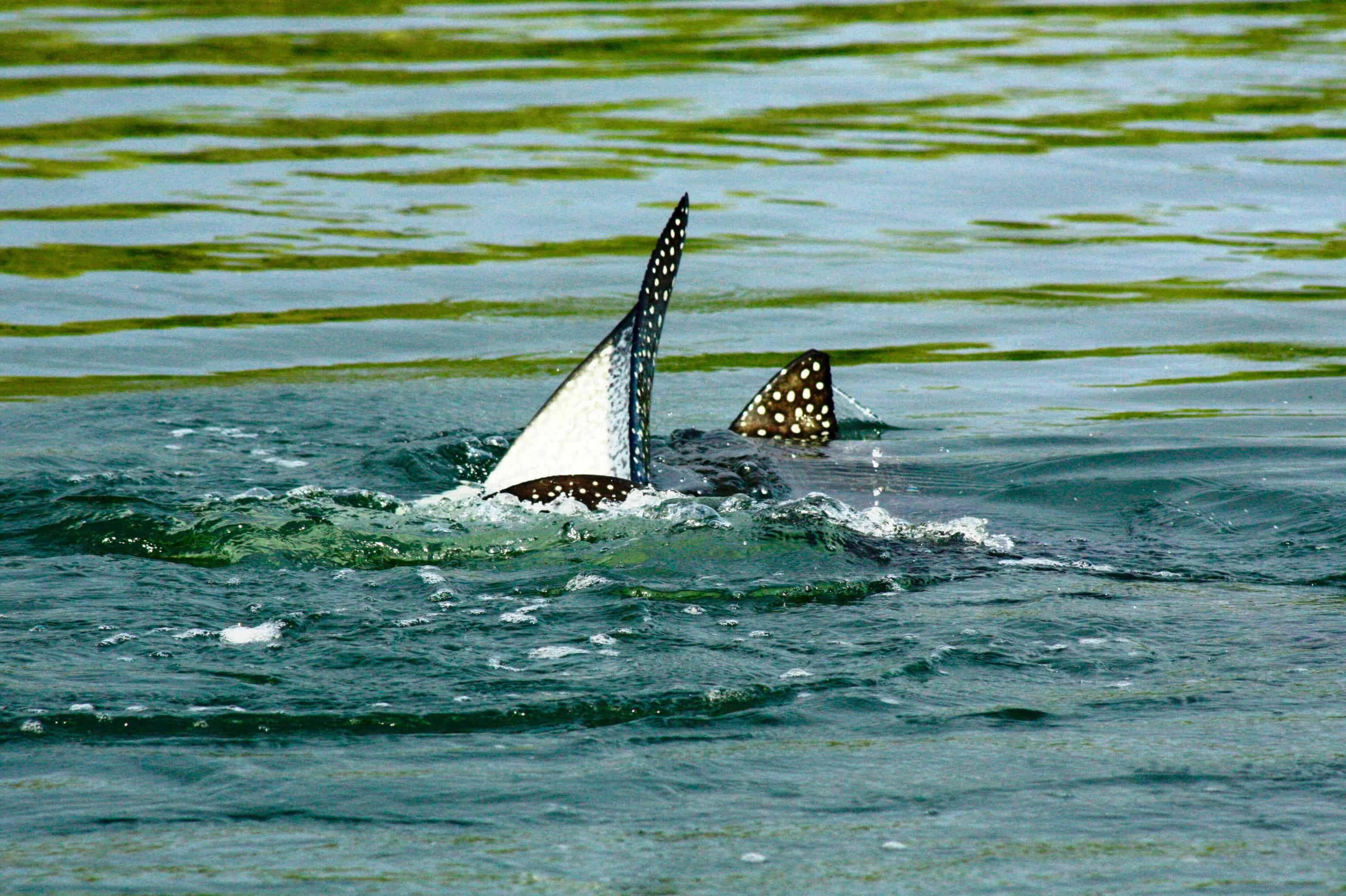
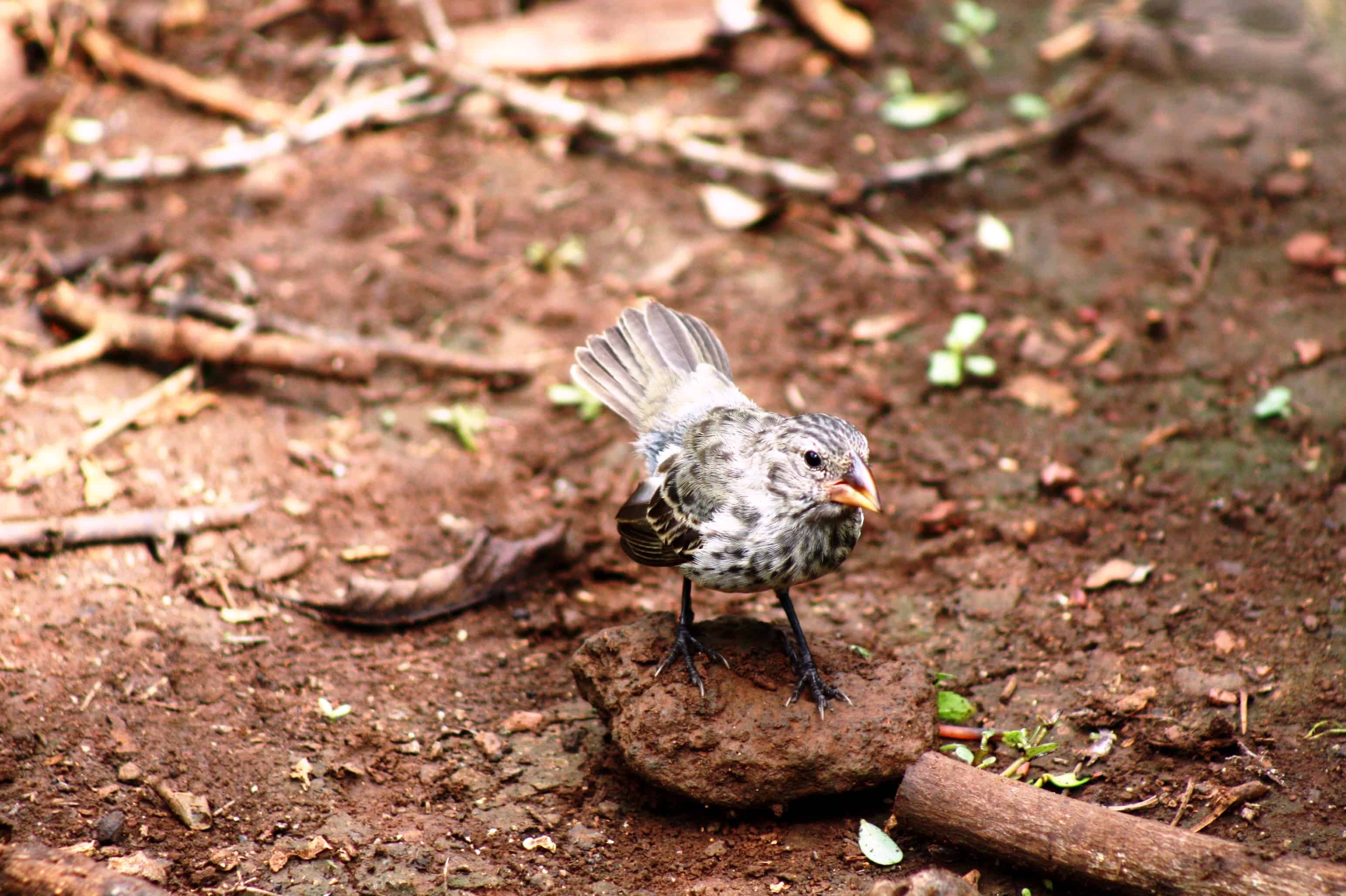
Española Island
Perhaps our favourite island, and one of the most photogenic, Española is home to Gardner Bay, a magnificent mile-long stretch of turquoise sea and powdery white sand where dozens of sea lions laze about, indifferent to the humans weaving between them. On this island we witnessed blue-footed boobies swaying from left foot to right in an impressive mating ritual. Three species are endemic to the island: the Española mockingbird, Española lava lizard, and my personal favourite: the waved albatross, a stately bird that breeds and raises chicks on the island between April and December. Watching an elaborate courtship dance between a mating pair at sunset ranked as one of our stand-out Galapagos moments.



Floreana Island
Our fascinating dawn nature walk around Punta Cormorant on the small southern island of Floreana coincided with a pacific green turtle emerging exhausted from a marathon egg-laying session on the beach. We stopped for a time to watch her slow journey back to the sea, whereupon our whole group broke into unexpectedly emotional applause. Floreana is also the site of a large lagoon where flamingoes breed and black-necked stilts wade.
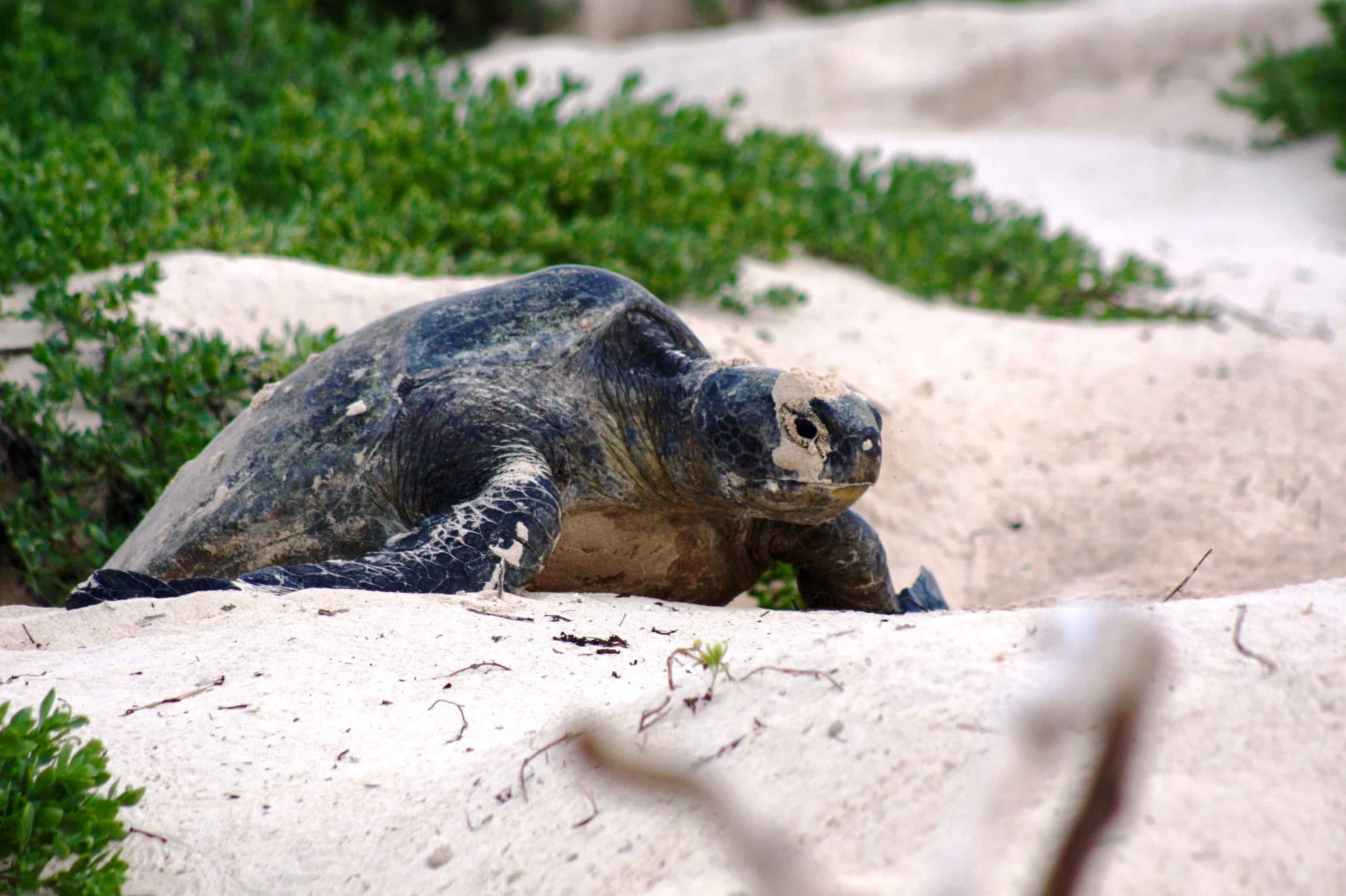
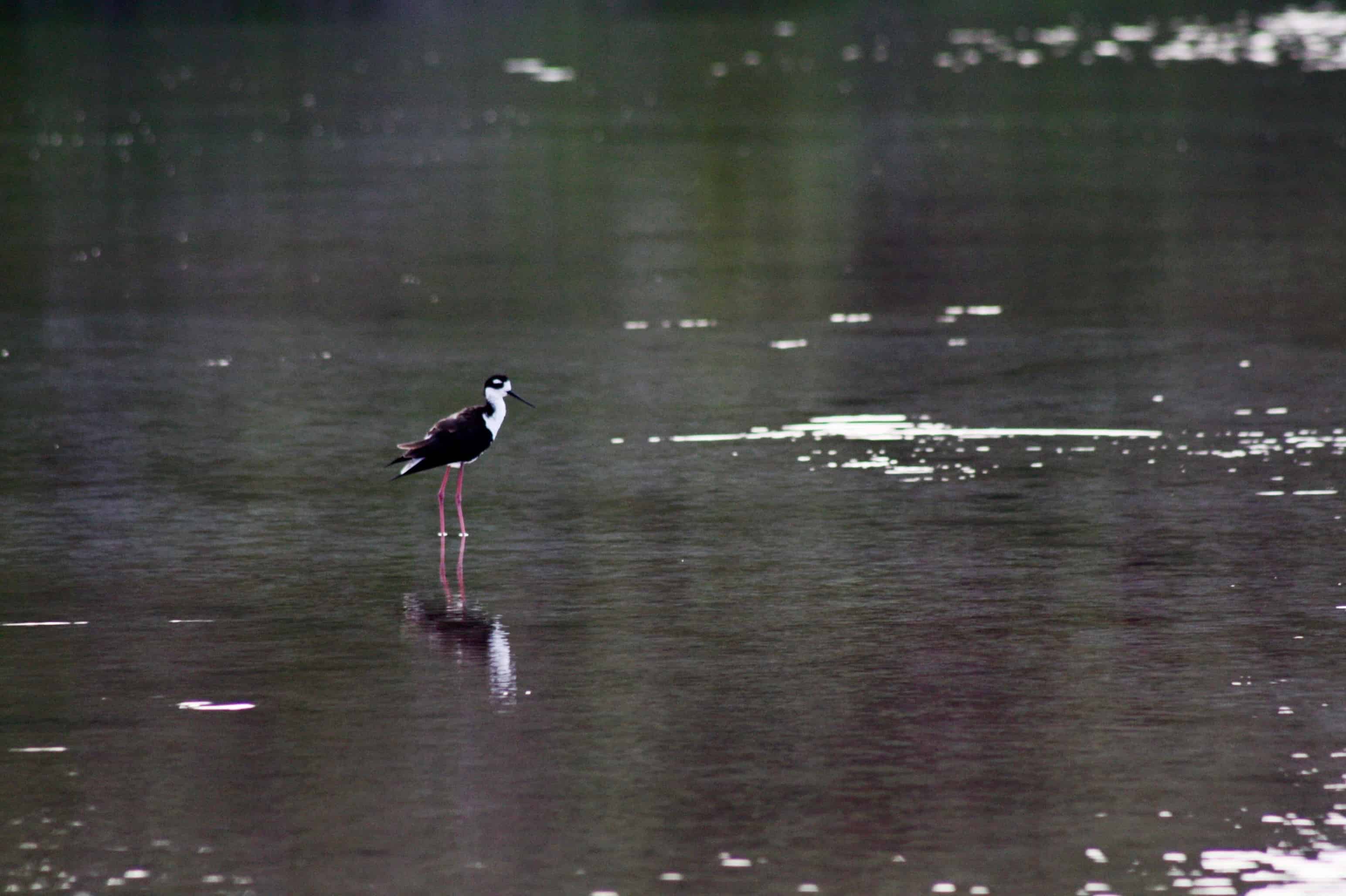
Isabela Island
The largest, and one of the youngest islands in the archipelago, Isabela is made up of six shield volcanoes, five of which are still active. This lively volcanic history makes for a dramatic landscape of lava fields and peaks. Despite the active geology, Isabela is inhabited by people and, intriguingly, by more wild tortoises than any other island. At Punta Morena, we trekked over black, crusty lava fields to see lava lagoon flamingoes, with the flanks of the Sierra Negra volcano rising in the distance. A panga ride through the mangroves of Elizabeth Bay revealed tropical penguins while a walk on the shores of Urbina Bay turned up compellingly ugly marine and land iguanas.
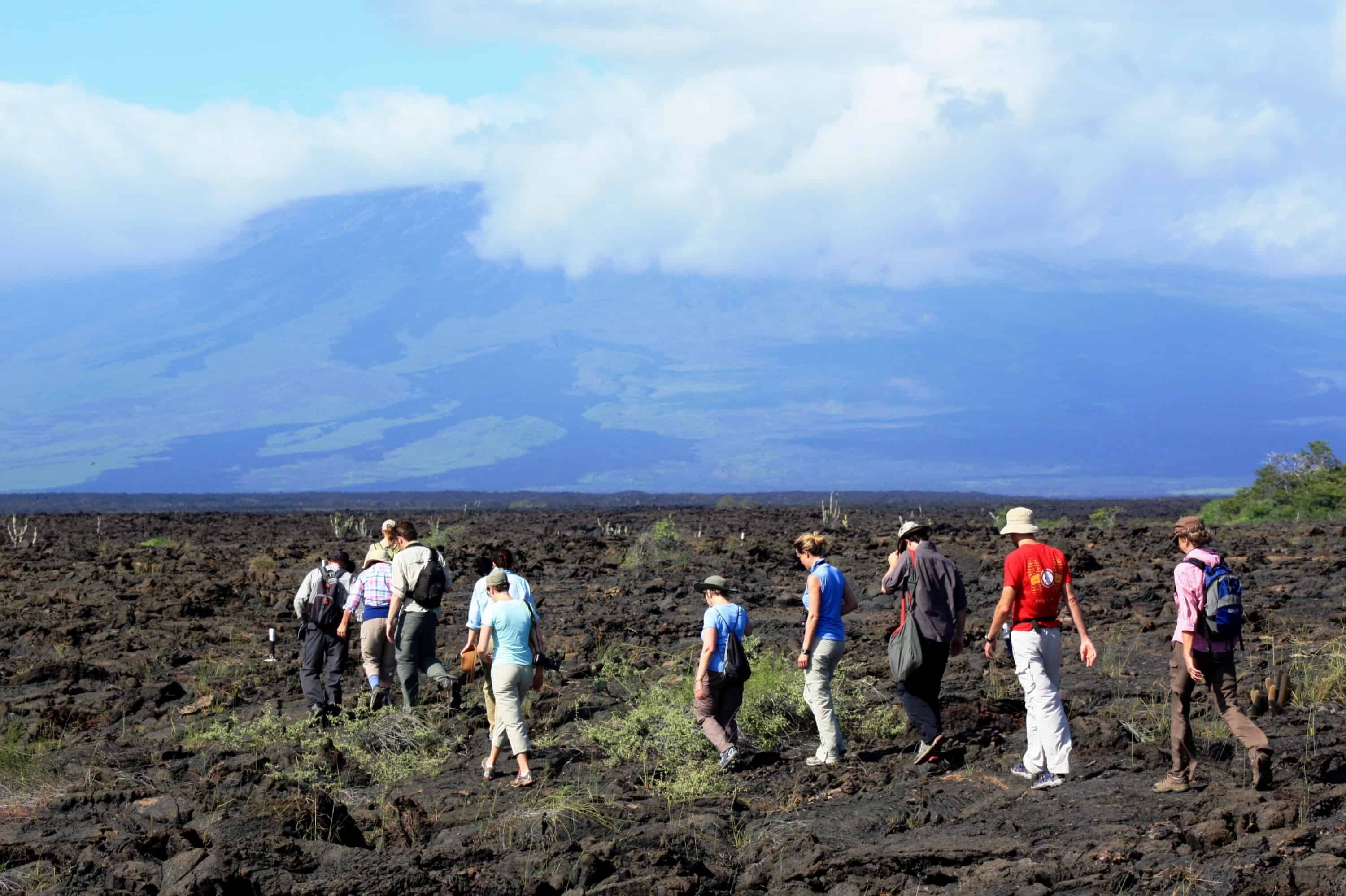

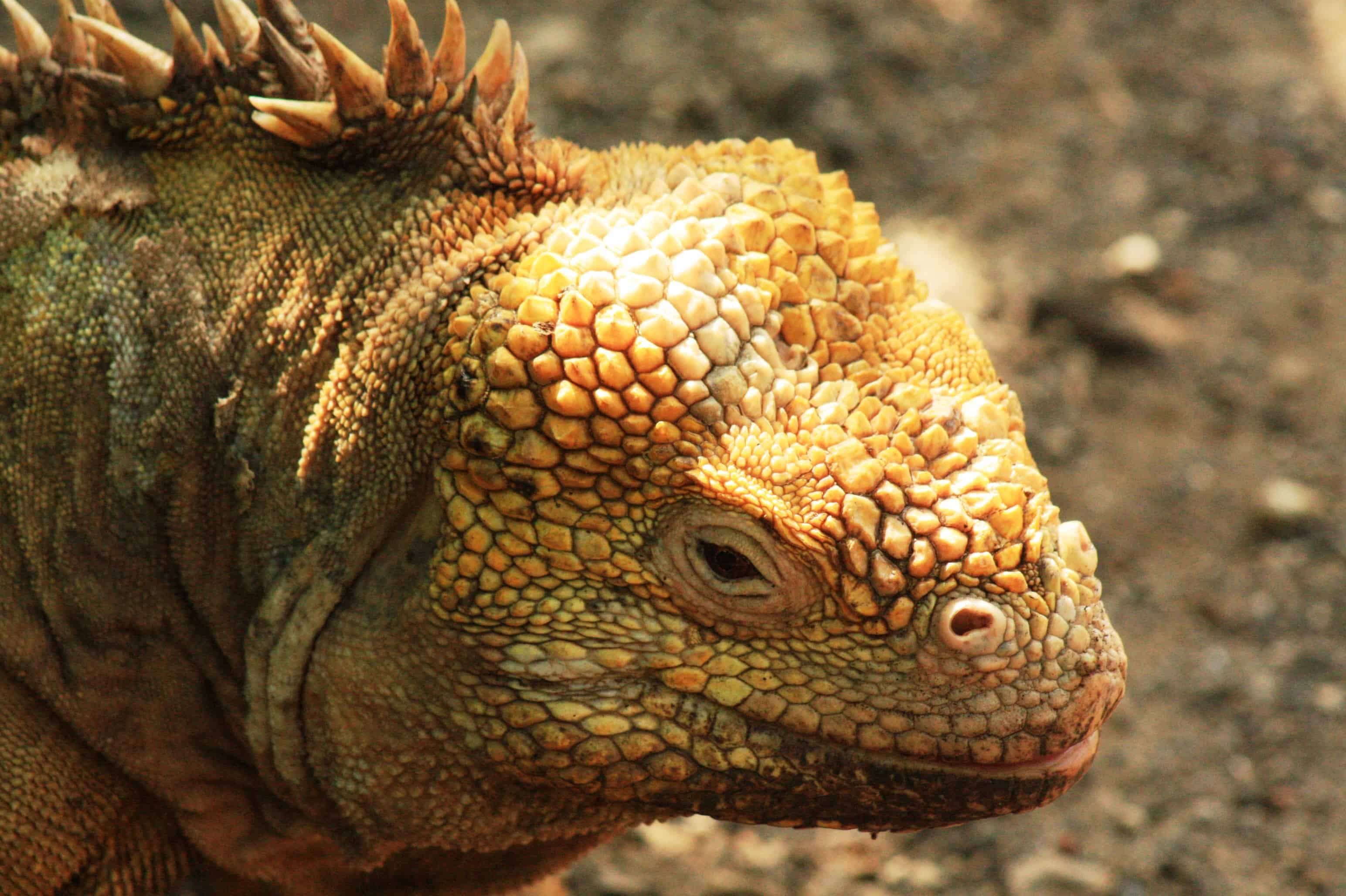
Fernandina Island
Fernandina – an active shield volcano – is still forming, last erupting in April 2009. As a result, it’s a mostly barren and bleak landscape. The biology however, is anything but. Cold upwelling waters from the west create a rich marine habitat, and our visit to Punta Espinosa on the north-eastern tip of the island demonstrated the point: flightless cormorants flapped stunted wings on the water’s edge and sea lions basked in the shallows, while marine iguanas gathered in vast numbers on every available rock to pay homage to the blood-warming sun. We spotted sea turtles bobbing near the shore, and a patient Galapagos hawk keeping a close eye on the marine iguana nesting fields. Vivid patches of green and gold endemic Fernandina lava cactus contrasted the dark folds of lava rock covering the land.


Leaving Fernandina, we enjoyed a spectacular Pacific sunset aboard our sailboat and then celebrated a midnight crossing of the equator.

Santiago Island and Bartolome Island
A nature walk at Puerto Egas on Santiago Island revealed fascinating eroded lava rock formations, where wildlife gathered in abundance. Apart from dozens of vivid Sally Lightfoot crabs, we encountered marina iguanas in the tide pools and Galapagos fur sea lions napping on the rocks. Lava herons and oystercatchers stalked their breakfast and tiny flycatcher birds zipped about, occasionally catching members of our group off guard by landing on their heads.
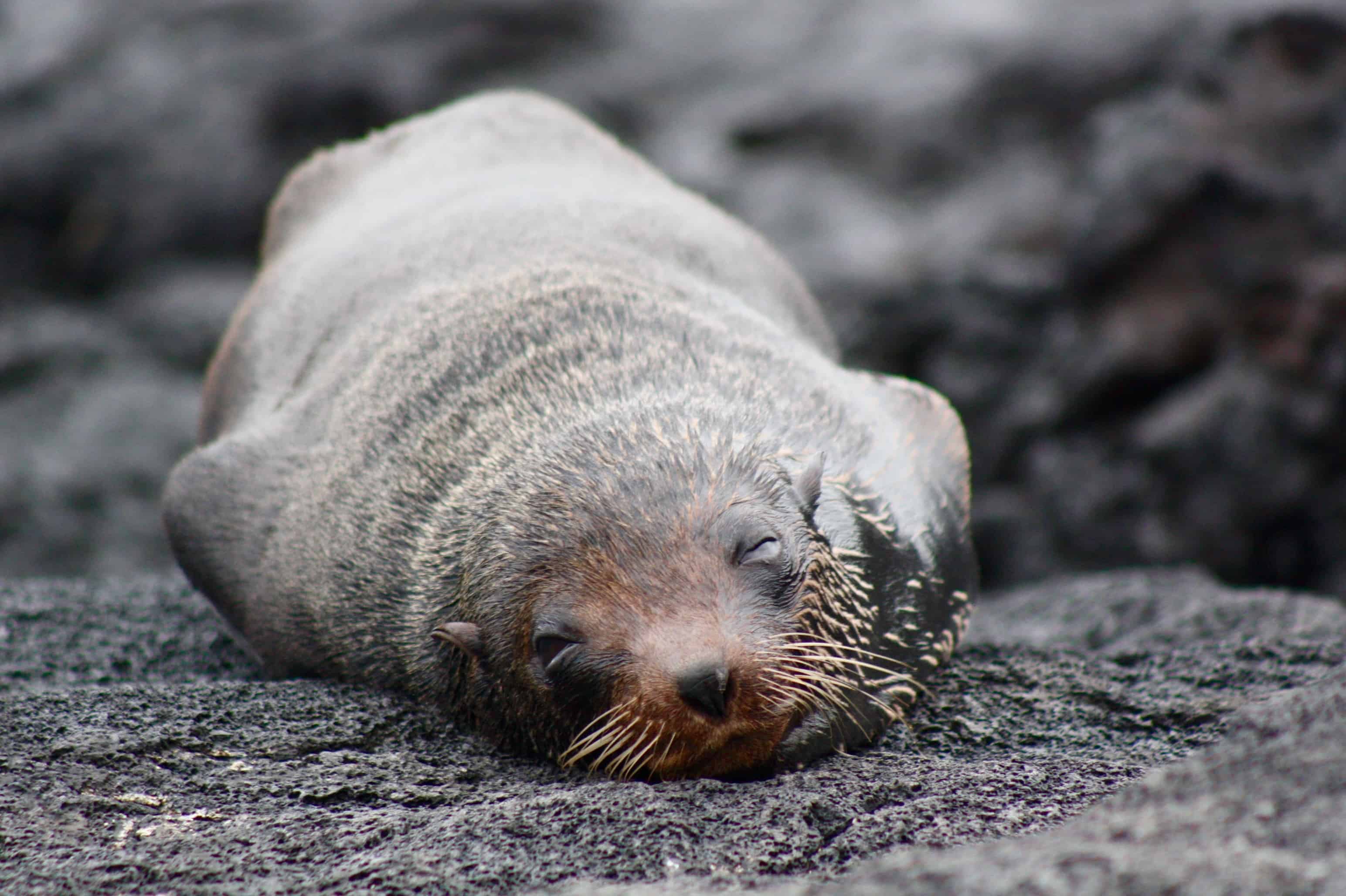
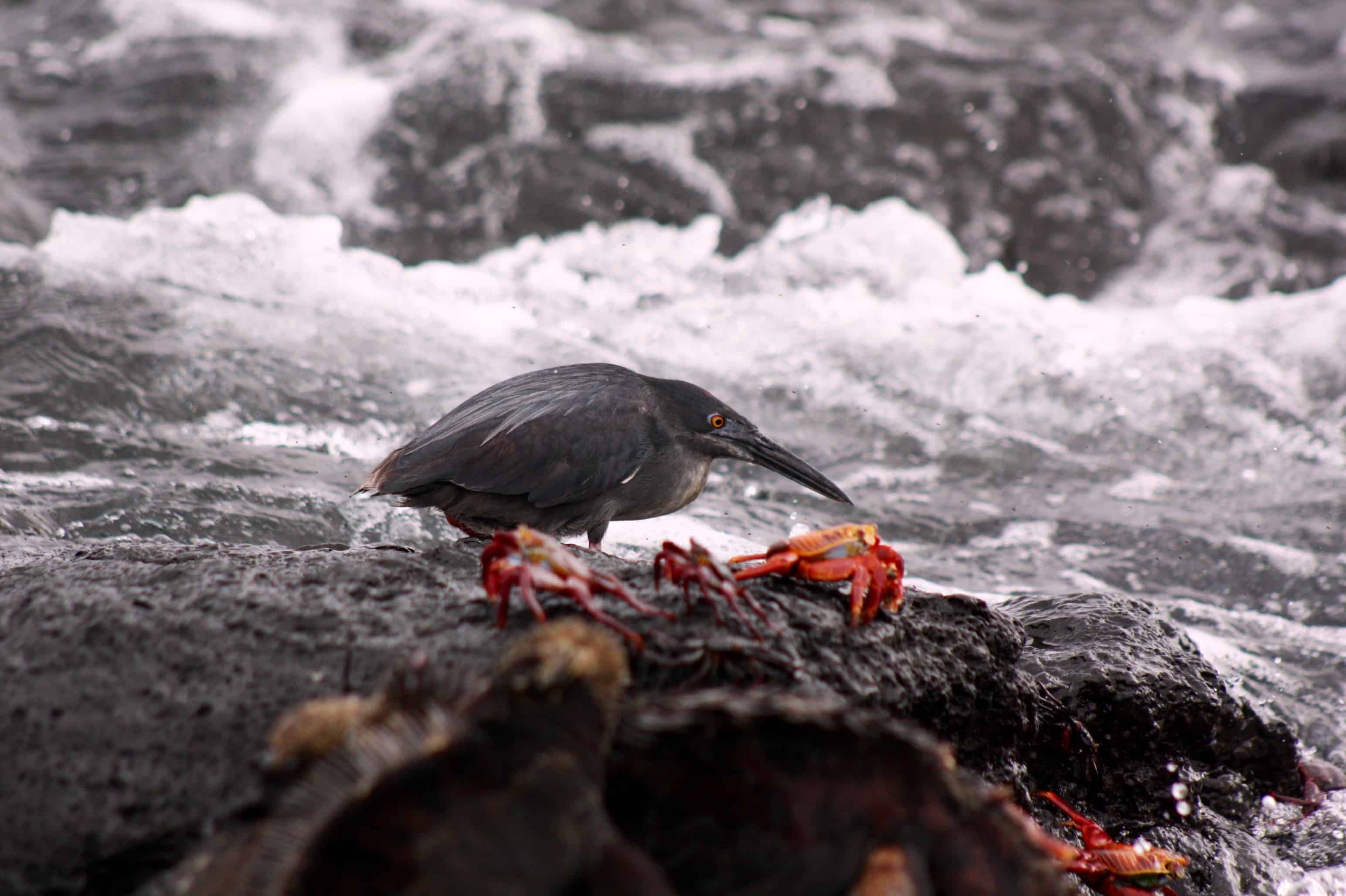
On Bartolome Island next door, Pinnacle Rock shears up from the water, a poster child for Galapagos tourism. We capped off an amazing visit here with a snorkel near the pinnacle, accompanied by curious, bullet-quick penguins.
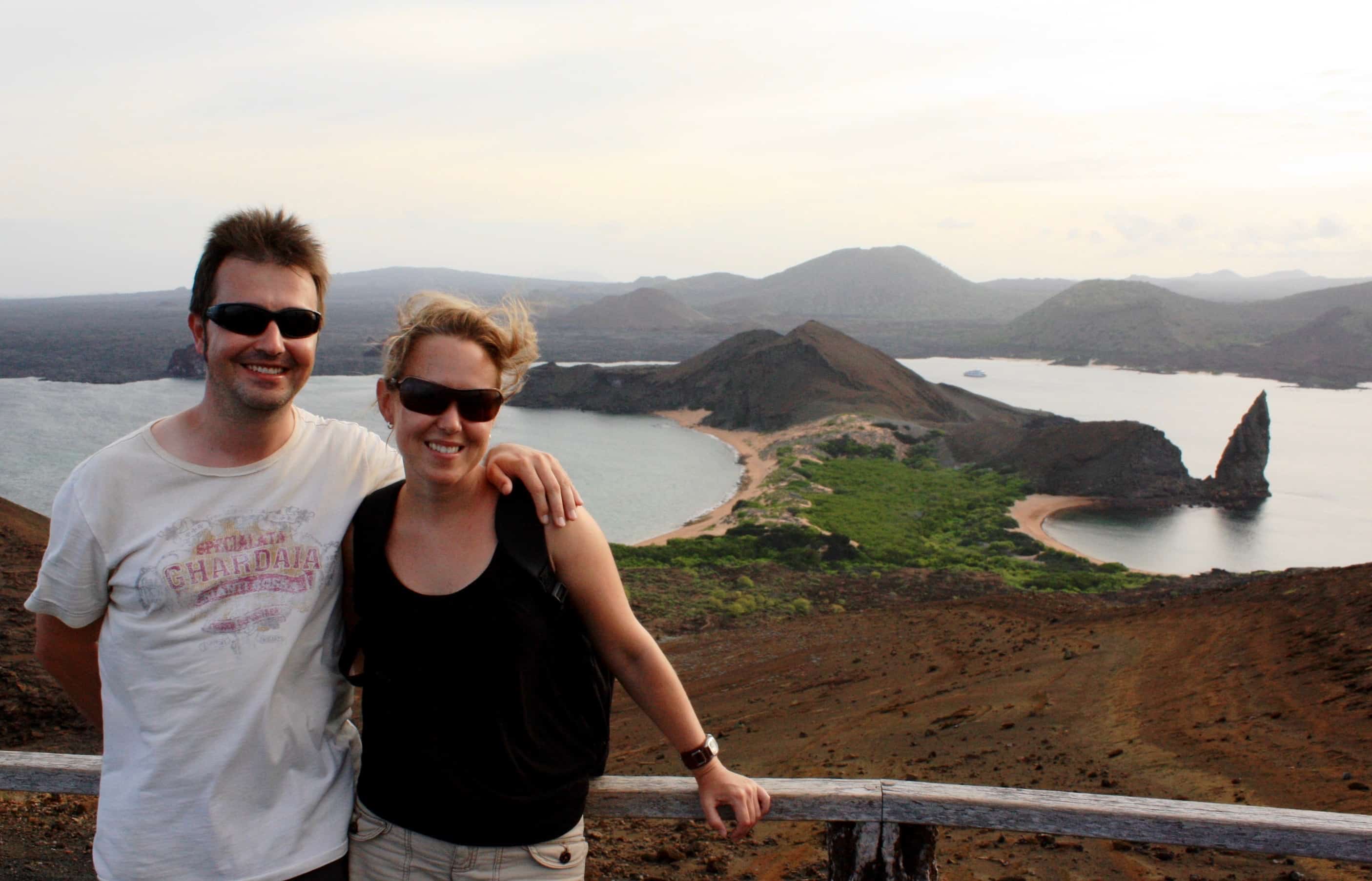
We have more photos than we can ever hope to organise from our trip to the Galapagos, but even without the pics, the vivid memories from our time on the islands will stay with us forever. It was – is – the trip of a lifetime.

In memory of Lonesome George: Circa early 1900s – June 24, 2012
Good to know
Getting there: Flights to the Galapagos depart from Guayaquil and Quito (via Guayaquil) in Ecuador to the islands of San Cristobal and Baltra, which connects by bus and ferry with main town Puerto Ayora on Santa Cruz Island. Most cruises depart from Santa Cruz.
Island base or liveaboard cruise? Four of the islands in the archipelago are inhabited and offer accommodation and outstanding local nature experiences. The tourist hub of Puerto Ayora in Santa Cruz is also a great base for booking day trips and activities on nearby islands. If you want to get out to some of the more remote islands and species though, you can’t beat a liveaboard cruise. There are dozens of outfits offering cruise tours to suit all budgets, interests and abilities. Cruise itineraries vary so it pays to research the islands and work out which ones you most want to visit.
Tip: If time is limited, or you have a particular Galapagos cruise in mind, be sure to book well in advance as numbers are limited. If your travel and expectations are more flexible however, lastminute deals can mean significant cruise discounts: we scored a great deal on our sailing ship cruise in just a matter of days while based on Santa Cruz.
Tip: There’s a USD$100 entrance fee for the Galapagos, to be paid in cash on arrival.
Want to see more pics from our trip to the Galapagos? Check out our Incomparable Galapagos: Photo Gallery.
